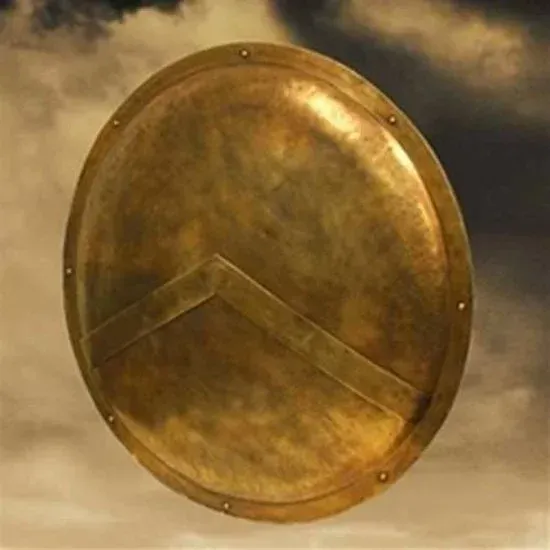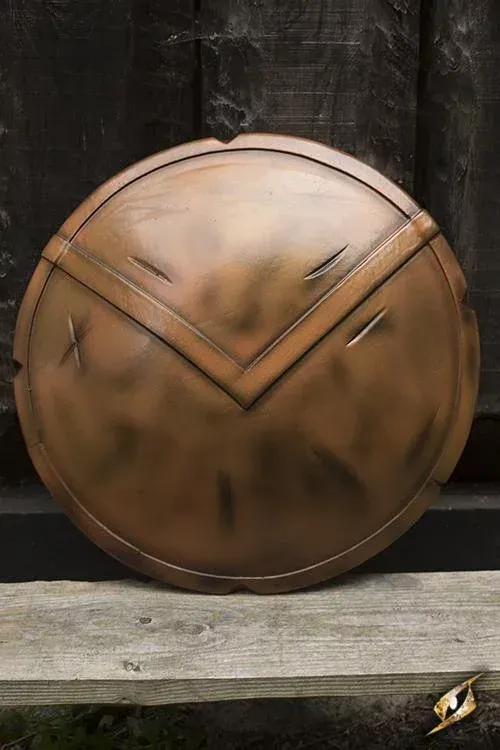What is a clipeus shield like?
The term "clipeus" has varied meanings depending on both the historical and biological context. In the field of zoology, it refers to a key anatomical plate in the anatomy of arthropods; while in military history, it designates a type of shield used emblematically by Greeks and Romans. Below, we will examine in depth both the characteristics of the historical clipeus shield and its zootechnical relevance.
Clipeus Shield in Zoology
In the context of zoology, the clipeus refers to an aerodynamic structure that constitutes the anterior terminal part of the carapace of numerous arthropods, such as spiders, insects, and crustaceans. This anatomical plate not only provides protection but also plays a crucial role in the support of the head and thorax of these animals. Due to its shape and function, it allows arthropods to move with remarkable aerodynamic efficiency through their habitats.

Historical Clipeus Shield
In the military context of antiquity, the clipeus shield (also known as the round shield) was famous for its use among the Greeks and Romans. This shield was notably large and circular, designed to provide complete coverage to the bearer. Occasionally made from woven willow branches or solid wood, its structure was reinforced with various layers of metal sheets to offer greater resistance to enemy impacts. The edge of the shield was often strengthened with a thicker metal sheet, thus increasing its durability and defensive capacity.
Characteristics of the Historical Clipeus Shield
- Shape: Exclusively circular, ensuring a perfect balance.
- Materials: Generally made of wood or willow branches, reinforced with metal sheets.
- Layers of Protection: Composed of multiple layers of metal sheets to mitigate attacks.
- Outer Edge: Reinforced with a thick metal sheet for greater protection against sharp edges.
- Central Protuberance: A prominence located in the center used for additional defense and to deflect blows.
This type of shield became a symbol of the defensive tactics of ancient warriors, standing out not only for its effectiveness but also as an element of cultural identity.

Comparison between the Zoological Clipeus and the Historical Clipeus
As a comparison between both meanings of the term, the zoological clipeus and the historical clipeus represent fascinating examples of the evolution of defensive structures, applied both in the natural realm and in the art of war. The characteristics coincide in their intention to protect and support, whether it is the anatomy of an organism or the body of a warrior.
| Context | Primary Function | Structure | Materiality |
|---|---|---|---|
| Zoology | Anatomical protection | Plate in the carapace | Varies by species |
| Military History | Defense in combat | Round shield | Wood and metal |
In both cases, whether within the fascinating world of arthropods or among the legendary armies of antiquity, the term "clipeus" reflects innovation and efficiency in protection and defense.




























